I’m a particular kind of enthusiast for early twentieth century artists, and am always exceptionally excited when I discover a woman artist of the caliber and incredible ability displayed by the work of someone like Lillian Westcott Hale. Her handle on graphite and charcoal work is akin to some of the best Ingres drawings I adore to death She possesses a remarkable and modern sense of design and tonal composition without sacrificing one whit of character in a way I find deeply inspiring. There’s a fluidity to her work and subjects unusual for work of this time period- a sort of capturing of the moment between moments usually staged or set and posed. There’s a general quality one can find in work by other contemporaries of her time and it’s this naturalistic ability that lends to her work an animated humanity that goes well beyond its basic subject matter and sense of being on a page, or in a room. SO this month I’d like to showcase a few of her pieces and basically just nerd-gush over why I think they’re fantastic. Because they are damned fantastic indeed.
The hazy atmospherics and foggy veil that overshadows a lot of her paintings is certainly not atypical of other works from this time period, nodding to Marry Cassat as an example of this impressionists influence on the work of the time, but what Hale does is us it to highlight her brush marks and the artifice of the painting in a way we don’t see in full flourish and popularity you see in Bernie Fuchs later on. There’s also something distinctly modern int he way her compositions are laid out I find truly interesting- some just a bit offf the usual center, others dramatically so, rendering subtly a sense of the place of her subjects as of equal value as the spaces they themselves inhabit. There’s undertones of Jessie Wilcox Smith in some of these to be sure, but where Smith may lean more heavily towards an Arthur Rackham’s draftsman’s approach, Hale take her cues from the less tangible atmospherics of Claude Monet.
You can find some of her work on view at the Boston Museum of Fine Arts and I believe also in Chicago and and in the National Gallery in Washington D.C. I plan on making her part of any treasure hunt I perform in any museum to see if some of her pieces are hidden away there. But in the interim you can track down a lot of her work online via whatever search tool you prefer to use.I myself have an entire folder of work I pull up for inspiration almost every day. Hale fever has set in for sure.


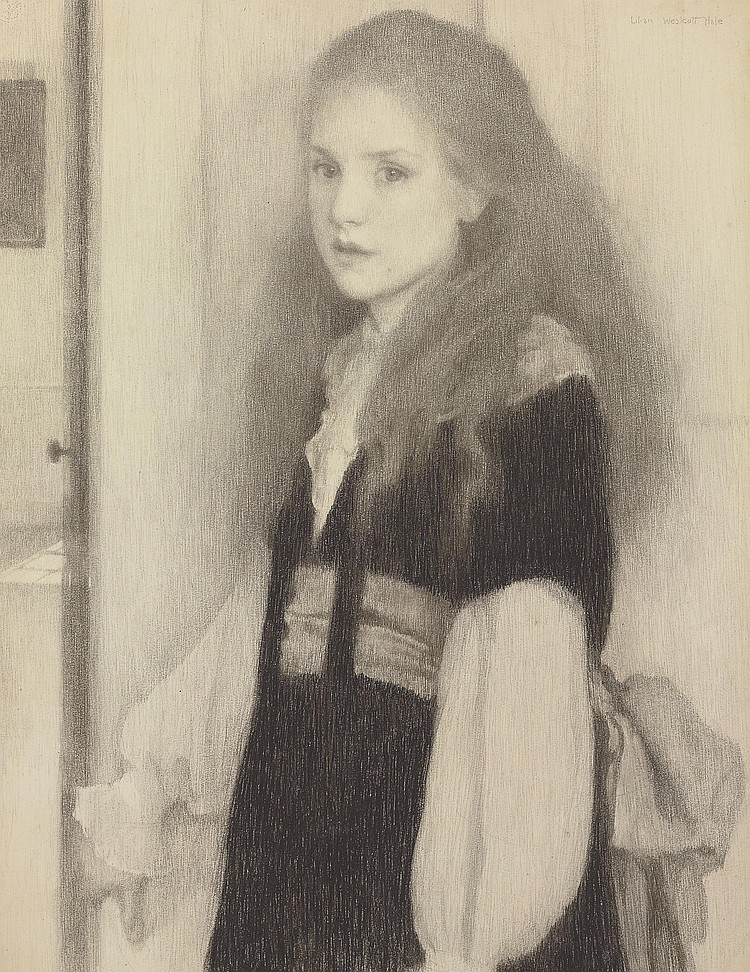
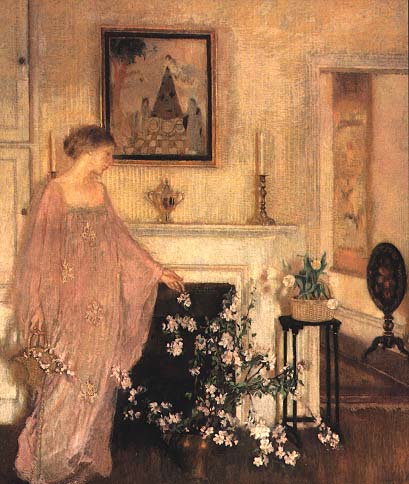
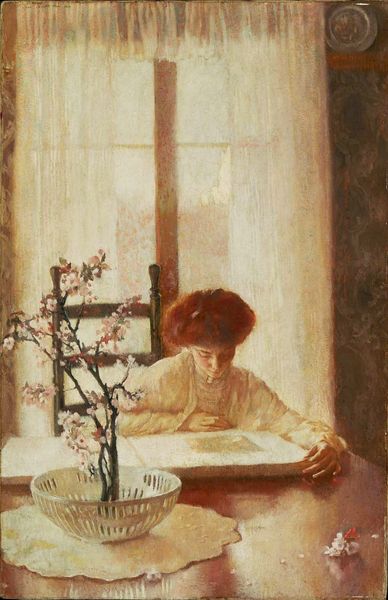
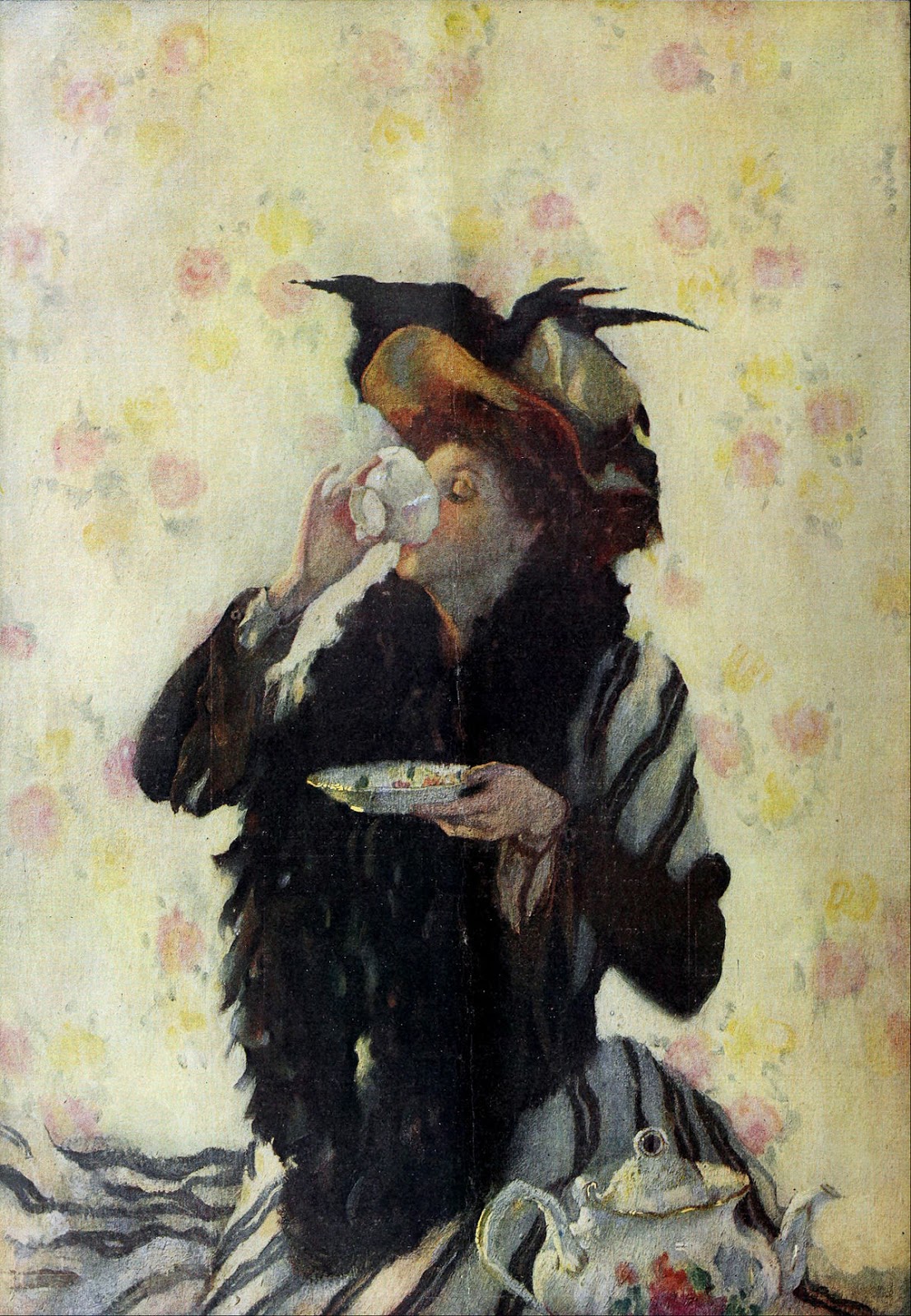
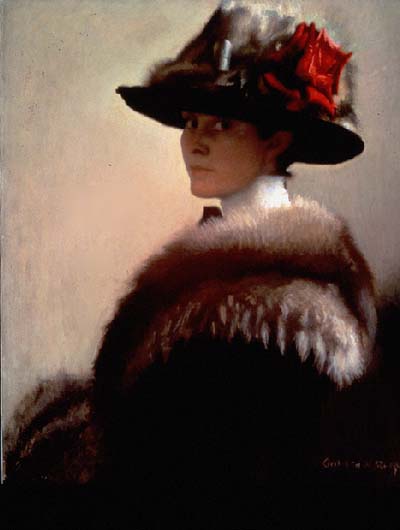

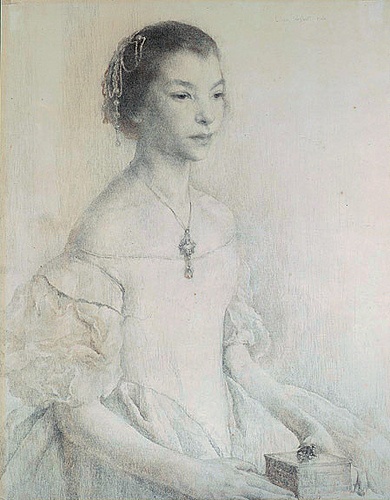
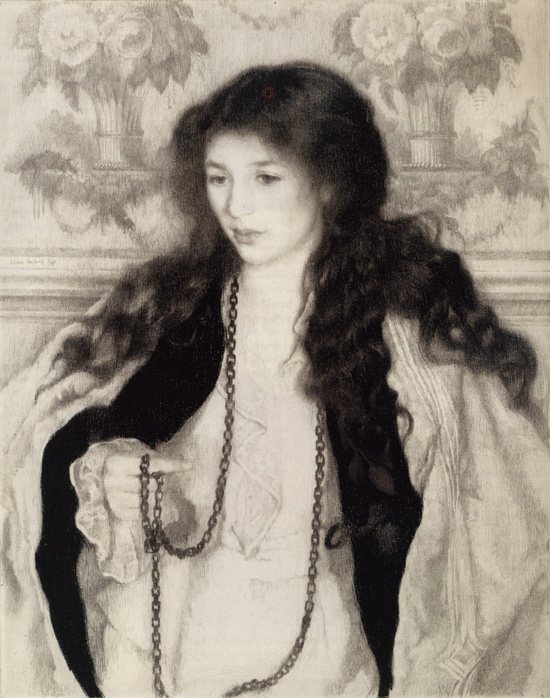
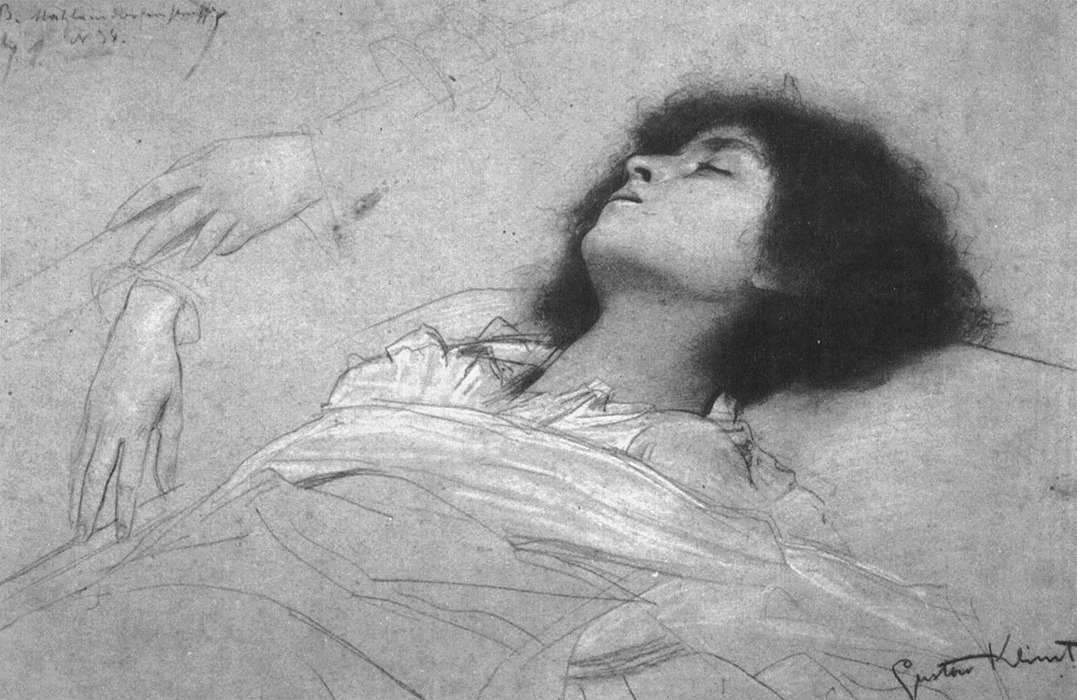
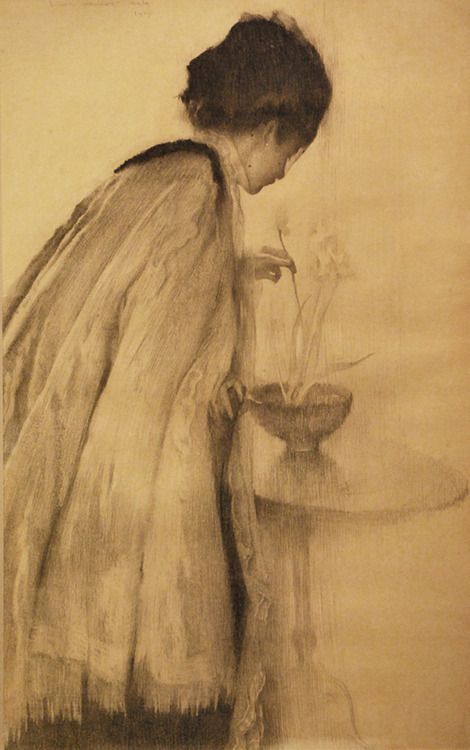

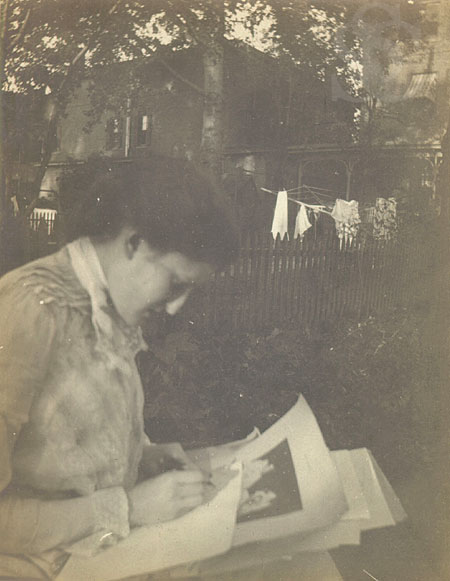
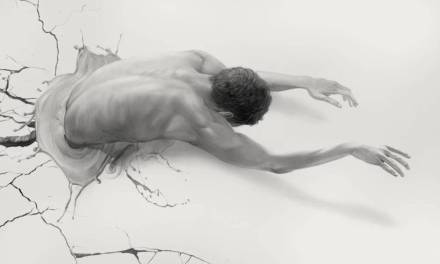
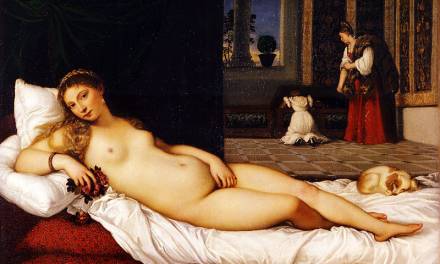
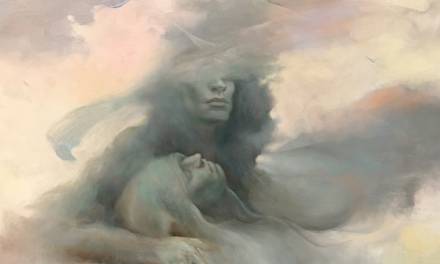
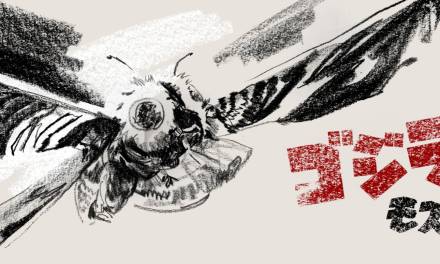

It's great to see more of Lillian's work! I was able to see one of her paintings at the Farnsworth in Maine a year ago and it was phenomenal. For those interested in more info about her, her daughter Nancy wrote a book called Life in the Studio. By the way, the ninth image from the top is a Gustav Klimt drawing.